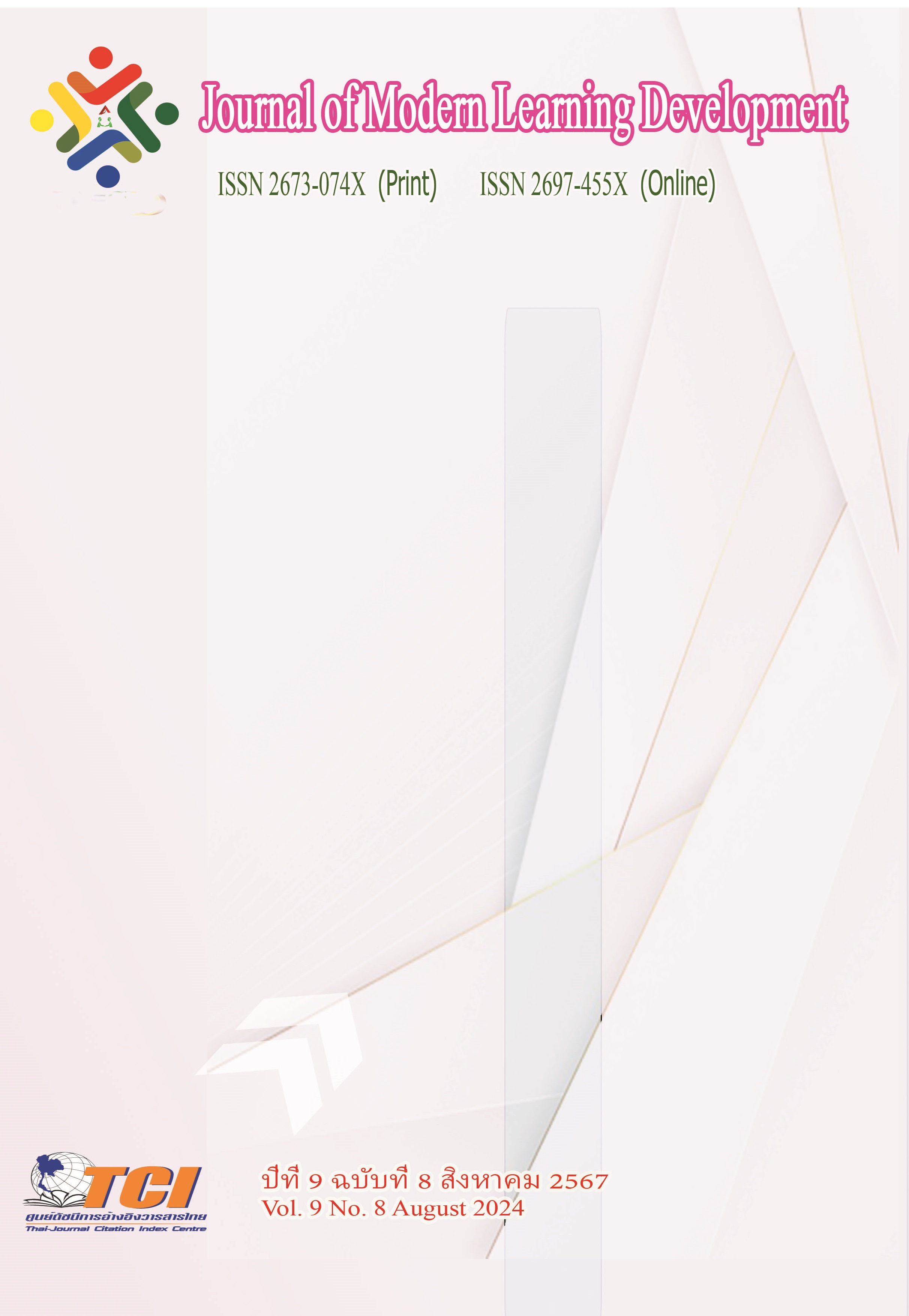Overview of the Bel Canto and Development
Main Article Content
Abstract
Bel Canto, this beautiful traditional singing school, originated from the beautiful Mediterranean peninsula country in Europe - Italy, and spread to the main music centers of Italy in the 17th century: Venice, Rome, Napoli, and other places, and then into Milan. From the beginning of the 14th century to the beginning of the 17th century, due to the rise of handicrafts and industry, the germination of capitalism in Europe, and Italy as the earliest European capitalist country. In order to meet the needs of the new culture, the emerging bourgeoisie arose the famous "Renaissance" movement in history. The "Renaissance" movement was to revive the ancient Greek culture, break the shackles of feudalism, and thus establish a new culture. This is the political background of Bel Canto. This article presented the overview of the Bel Canto and development.
Article Details
References
Brown, S. L. (2018). The Art of Vocal Pedagogy: Crafting an Effective Manual for Classical Singing Instruction. Music Education Research, 32 (4), 289-307.
Chen, M. (2019). Understanding the Perception and Practice of Bel Canto Singing Techniques among Students at Shenyang Conservatory of Music. Journal of Vocal Studies, 33 (2), 45-62.
Fang, L. (2004). Intelligent voice. Jiangsu education press.
Jian, Z. (2003). Creation and characteristics of China's "mixed chorus". Huang, journal of Wuhan music institute, (2), 112- 115.
Johnson, M. P. (2016). Exploring the Artistry of Bel Canto Singing: A Stylistic Analysis. Musicology Today, 28 (1), 45-62.
Liu, Y. & Chen, H. (2017). Evaluating the Impact of Bel Canto Handbook Usage in Vocal Education at Shenyang Music Academy. International Journal of Music and Arts, 10 (2), 78-94.
Smith, J. A. (2020). Developing a Comprehensive Manual for Teaching Bel Canto Singing Technique. Journal of Music Education, 45 (2), 123-138.
Zhang, M. (2021). The Application and Development of Bel Canto Singing Technique in Chinese Vocal Education. Journal of Music Education Research, 45 (3), 109-126.


